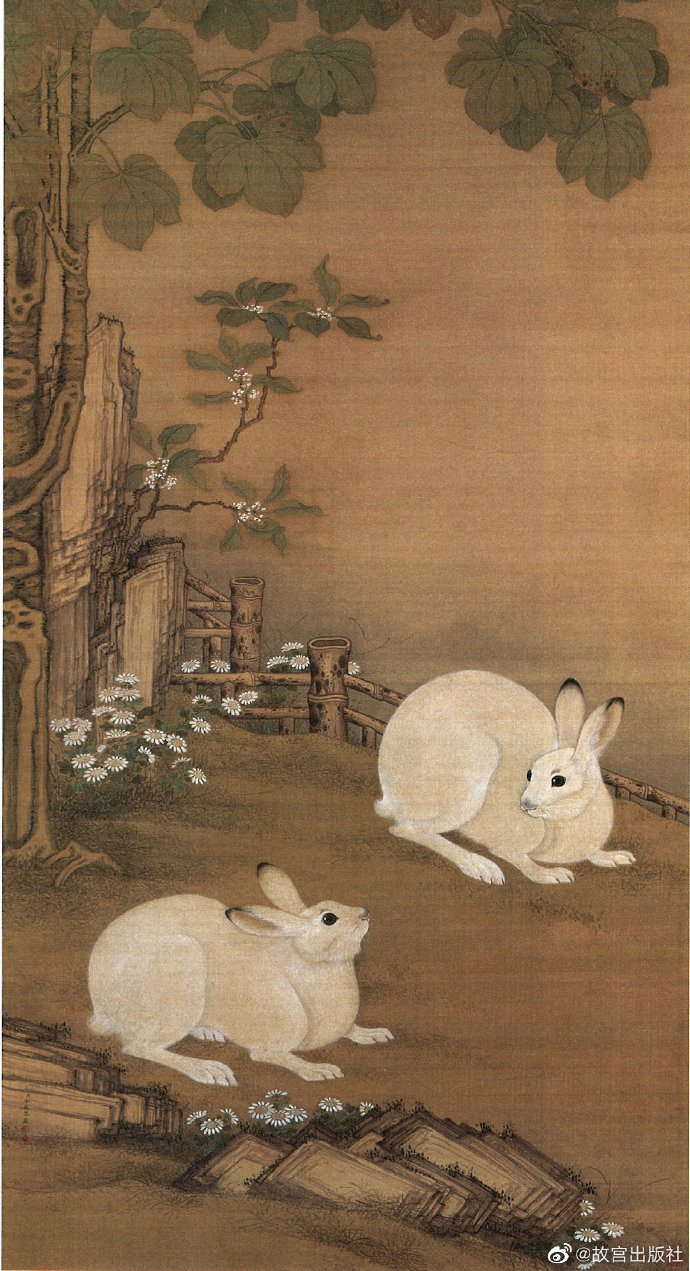On the Evening Night Day of 21st September 2021 Tuesday, it was the One of the many Festive holidays in the Asian Chinese Communities throughout the world in which dates back to the Shang Dynasty 1600-1046 BC also Western Zhou Dynasty 1046- 771 BC.. on that previously day in which on the Mid-Autumn Festival : 中秋節, also known as Moon Festival or Mooncake Festival, is a traditional Chinese festival celebrated by many East and Southeast Asian countries and regions. It is the second-most important holiday after Chinese New Year with a history dating back over 3,000 years, when the Emperor of China worshipped the moon for bountiful harvests….
On the that21st September 2021 Tuesday Evening Night there was massive crowds of people whom gathered around the moat areas of the Forbidden City- Beijing- China- People’s Republic of China.. in which people gathering in witness the full moon that over hanging over Forbidden City fortress walls in which with picturesque moments as the moon illuminated as an ancient golden amberically Chinese Lantern illuminating the Beijing Ancient Post Modern Ultra Megatroplis city landscape .. previously to the day it was the launch of the Chang Zheng – Long March seven Carrier Rocket daytime launching of Tianzhou three cargo module towards CNSA BRI CMS CSS –China National Space Administration- China Manned Space China Space Station in for the Shenzhou 13 preparations in the October Month from Wenchang Spacecraft launch centre – Hainan province…..









The festival is held on the 15th day of the 8th month of the Chinese lunisolar calendar with a full moon at night, corresponding to mid-September to early October of the Gregorian calendar. On this day, the Chinese believe that the moon is at its brightest and fullest size, coinciding with harvest time in the middle of autumn….
In the ancient past, there was a hero named Hou Yi who was excellent at archery. His wife was Chang’e. One year, the ten suns rose in the sky together, causing great disaster to the people. Yi shot down nine of the suns and left only one to provide light. An immortal admired Yi and sent him the elixir of immortality. Yi did not want to leave Chang’e and be immortal without her, so he let Chang’e keep the elixir. However, Peng Meng, one of his apprentices, knew this secret. So, on the fifteenth of August in the Chinese lunisolar calendar, when Yi went hunting, Peng Meng broke into Yi’s house and forced Chang’e to give the elixir to him. Chang’e refused to do so. Instead, she swallowed it and flew into the sky. Since she loved her husband and hoped to live nearby, she chose the moon for her residence. When Yi came back and learned what had happened, he felt so sad that he displayed the fruits and cakes Chang’e liked in the yard and gave sacrifices to his wife. People soon learned about these activities, and since they also were sympathetic to Chang’e they participated in these sacrifices with Yi.




After the hero Houyi shot down nine of the ten suns, he was pronounced king by the thankful people. However, he soon became a conceited and tyrannical ruler. In order to live long without death, he asked for the elixir from Xiwangmu. But his wife, Chang’e, stole it on the fifteenth of August because she did not want the cruel king to live long and hurt more people. She took the magic potion to prevent her husband from becoming immortal. Houyi was so angry when discovered that Chang’e took the elixir, he shot at his wife as she flew toward the moon, though he missed. Chang’e fled to the moon and became the spirit of the moon. Houyi died soon because he was overcome with great anger. Thereafter, people offer a sacrifice to Chang’e on every fifteenth day of eighth month to commemorate Chang’e’s action.
Imagines visuals credit are from the Forbidden city –Imperial Palace –Beijing – China- People’s Republic of China… also from their respectives









